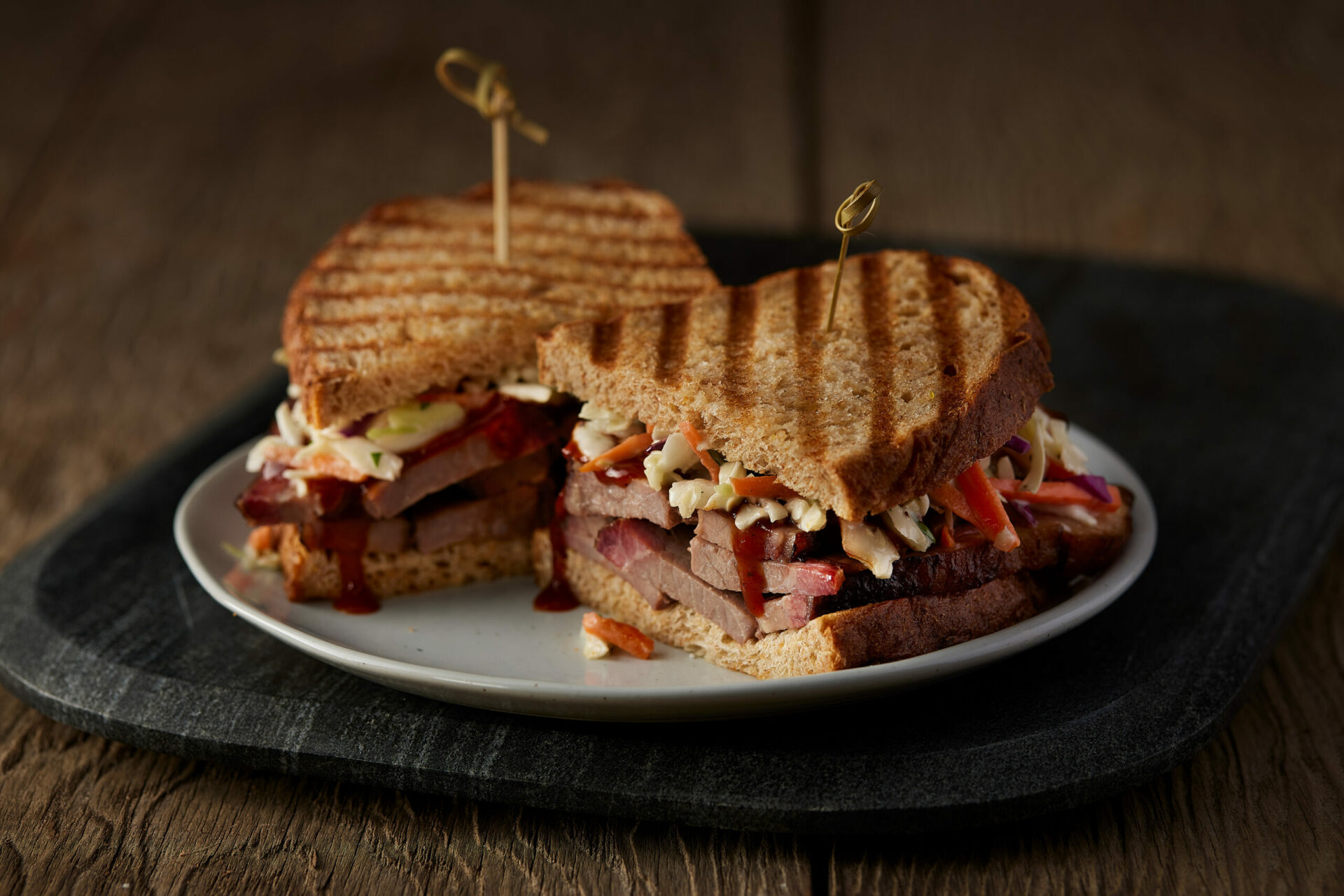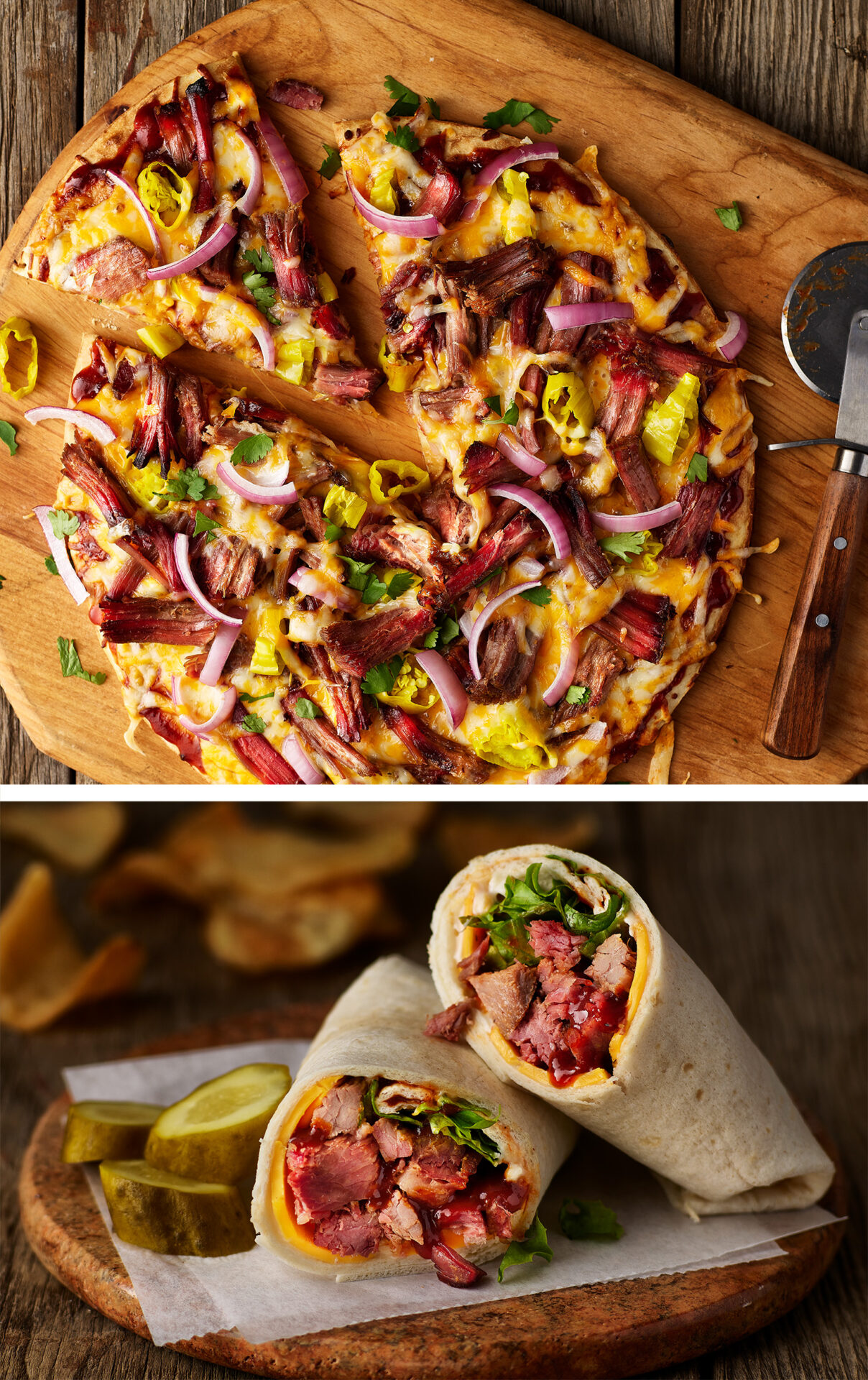What’s Behind America’s Big Love for Brisket?
Brisket’s popularity has grown significantly over the past decade. Google Trends shows that searches for “brisket near me” have increased 100 times over since 2014, and while it’s hard to pinpoint exactly why brisket went from a niche offering to a must-have meat on all kinds of menus, there are some interesting perspectives on it. So, let’s dig in to this timely topic and get better understanding of what makes brisket so special.

What is it about brisket’s distinct flavor that people love? We think it’s pretty simple. Brisket is a smoky, fatty, melt-in-your-mouthy meat. What’s NOT to love?
Kidding aside, there is actual science behind America’s attraction to brisket’s rich, smoky flavor. A study done back in 2020 suggests that brisket’s significant amount of intramuscular fat enhances palatability and stimulates reward pathways in the brain1.

Research also shows that the naturally occurring glutamates in brisket trigger the umami taste receptor associated with perceived deliciousness2. This in turn enhances overall palatability, satisfaction and food enjoyment.
In essence, we think it boils down to this: brisket is spectacularly flavorful. It can be enjoyed on its own or used to take any simple dish from “meh” to “magnificent” in a matter of minutes. Once you take the time to prepare it, that is. The effort it takes to cook brisket is a whole different, albeit delicious, story.


Part of what makes brisket taste so good is the way it’s prepared. This distinct dish was born to budget-friendly cuts of beef (think really, really tough) and it must be slowly and meticulously smoked to achieve its tender perfection. We’re talking hours and hours of labor-intensive preparation, ideally involving experienced pitmasters smoking it over real hardwoods*.
Brisket’s time-consuming preparation is what makes it one of the most challenging AND rewarding dishes. Chefs can experience a great sense of satisfaction when mastering the complex art of preparing brisket. Especially when there are so many ways to mess it up.
For instance, brisket is one of the most inconsistent proteins out there. No two raw cuts are the same and prep methods need to be adjusted accordingly. Trimming the raw brisket is also quite the feat and it must be done right in order for the meat to cook properly.
The most common mistake is trying to push brisket to a specific thermometer temp. Instead, cook times should be based on each individual brisket. It’s also imperative to rely on how it feels (which involves a good deal of knowledge around the different brisket grades).
What’s interesting to us is that all these brisket prep challenges are also the reason so many restaurant-goers flock to it. Diners want foods they’re not likely to cook at home. And who can blame them? Brisket’s time-intensive investment is more than most can manage.


Preparation challenges aside, there are all kinds of unexpected ways brisket can bring more value to your menu. The biggest being its incredible menu versatility. It’s not just appropriate for barbeque joints and meat-centric menus. Use it to upgrade typical side dishes (think mac & cheese or brussels sprouts) to entrée price points.
Brisket can also cross a lot of food borders. In fact, we’re seeing a variety of different global restaurants meld traditional Texas barbeque with Southeast Asian sauces. Smoked brisket also pairs well with curry flavors, Vietnamese-inspired dressings and Korean barbeque dishes.
Knowing the time-consuming process it takes to make brisket can work to its advantage. In other words, brisket will be considered a premium protein option on menus, allowing you to charge a more premium price.
HOW WE CAN HELP
If you’re thinking about adding brisket to your menu, we’d love to have a conversation. Authentic, Texas-style brisket is one of our prepared protein specialties. Our pitmasters put in the time and meticulous effort needed to craft it right so you don’t have to.
See how Heritage Premium Meats can elevate your menu without adding back of house complexity.
LET’S CHAT

Who is Heritage Premium Meats?
Heritage Premium Meats is a distinguished collective built on listening, collaborating and sharing ideas that solve real business problems. We offer authentically crafted protein solutions that are rooted in tradition and ready for the future.
For you, that means getting exactly what you need, just the way you want it. Whether it’s a private label product or flavor that’s uniquely yours, you can let your imagination lead the way when you partner with us. Because together, anything is possible.
1ACS Publications, 2020
2Journal of Sensory Studies, 2010
*Please note that we are highlighting Texas-style brisket only. We acknowledge that this Eastern European dish was made popular in the US when tens of thousands of European Jewish people immigrated to Texas in the early 20th century. Hence our focus on smoked brisket versus alternative prep methods.








